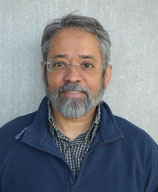1 ) Molecular emulsions: charge order versus domain order
2 ) Kirkwood Buff Integrals for molecular emulsions
3 ) Integral Equation theories for molecular emulsions: the role of the bridge function
4 ) Dynamics in molecular emulsions: time dependent direct correlations and memory function
5 ) Cybotactic order: a pathway from solutions to soft-matter





